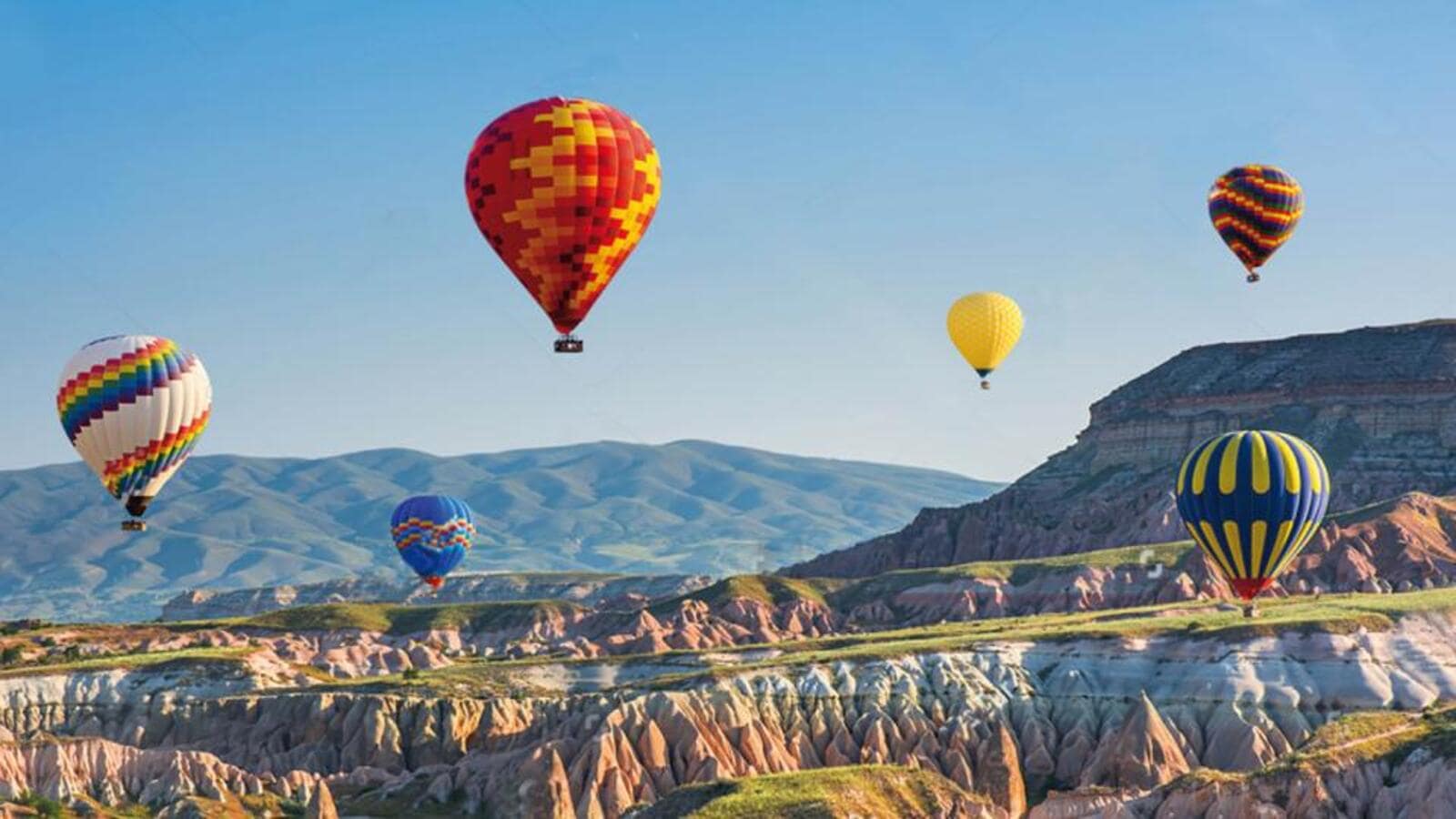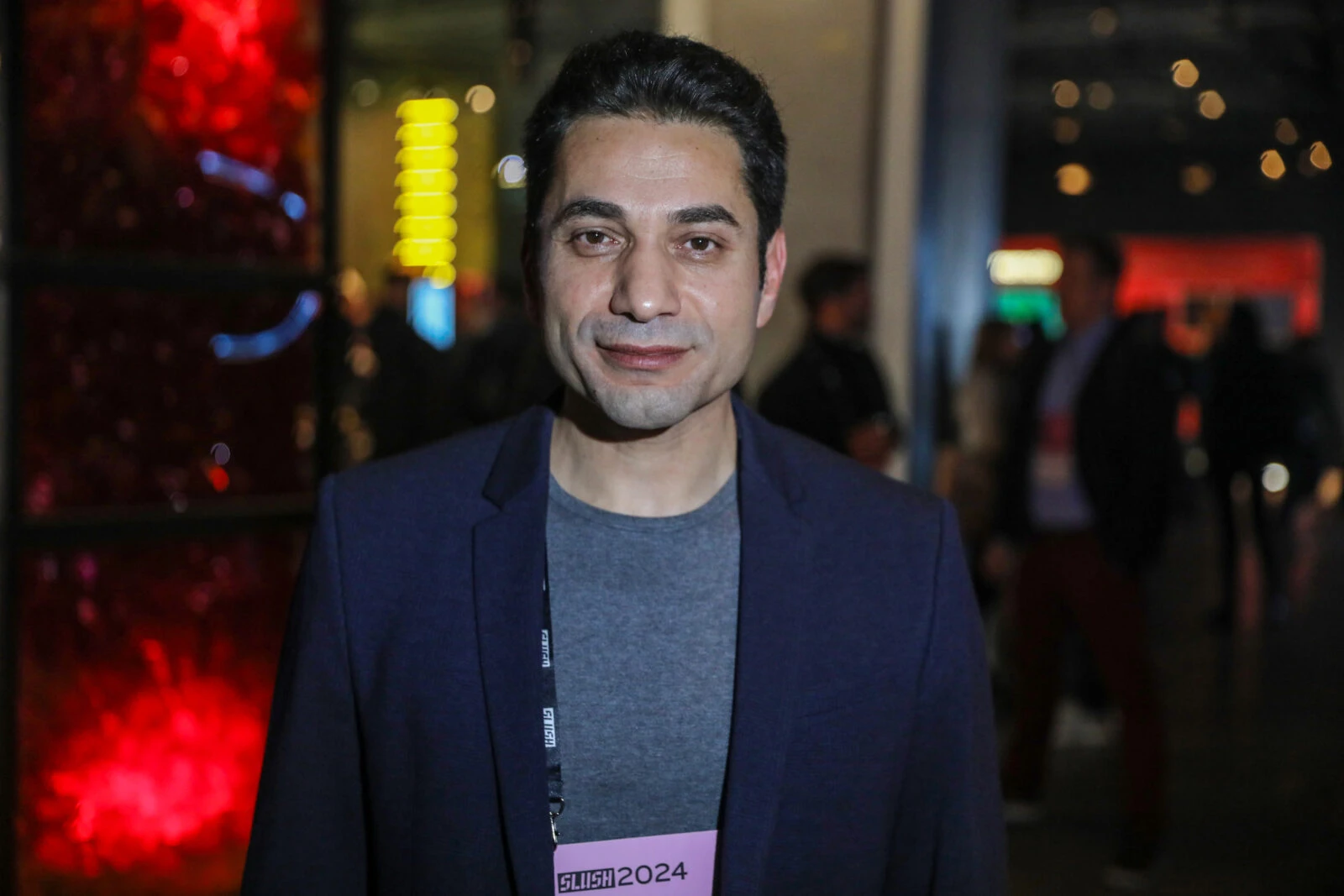Travel: A double helping of Turkey
Cappadocia: Tourist flap!
A few weeks later, I woke up in a cave hotel in a town on the outskirts of a town called Urgup, close to Göreme. This region of Turkey is called Cappadocia, and is famous for its unique rock formations and archaeological treasures, including centuries’-old settlements, churches and underground cities where entire populations (of Christians mostly) lived to avoid persecution.

The brochures are usually fronted with pictures of hot air balloons, which take off together every morning at sunrise, fly unusually close to each other, and descend into the valley like nowhere else on earth, to give the thrill of a view from low down as well as up above.
Cave hotels replicate the windowless houses of the underground cities of yore. Most have a small window to let in light. An hour after I awoke, at around 5.45 am, I found myself sitting in a van with 13 other tourists from Russia, Spain and Japan.

Suddenly, out of the car window, we saw the majestic sight of a hot air balloon being fired up. Watching this unique aircraft being unfolded and readied for flight is an experience in itself.
Each balloon takes 28 passengers in addition to one or two crew members. Now, I must add here that any skepticism that my narration of this morning may display comes from my utter aversion to tourist traps. I travel to discover different people, their ideas and their cultures. Tourist towns are built to feed you what they want.
Despite my pessimism, it took less than 10 minutes in the air for me to realise that this was a special experience indeed. Yes, 28 people is too many, and you don’t necessarily get the best photos either. But if you are able to pause and take in the beauty you witness, you are in for an experience you’ll remember for a lifetime.
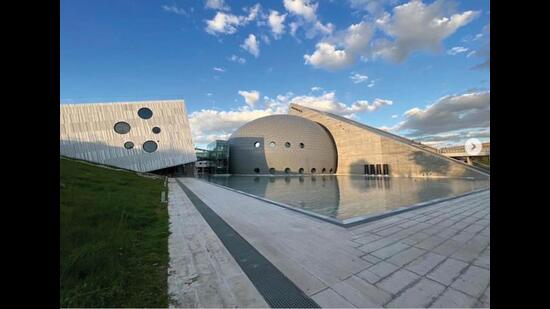
“If you’ve been hot air ballooning and you’ve gone to the Goreme Open-Air Museum (a complex of churches cut into volcanic rock during the Middle Ages), you’re done with Cappadocia,” my guide informed me. So, I jumped into the back of a car, wished the super friendly waiters at the tourist-ready restaurants goodbye, and readied myself for the four-hour-long drive to Ankara.
Ankara: Capital of the future
Two days in Turkey for any Indian in touch with the goings on in the world are enough for one to start drawing parallels. We’re both countries rich in culture, with histories to match. We’re democracies with different voices and views. In the current scenario, we’re ruled by right-leaning leaders, and national pride is an important part of the toolkit.
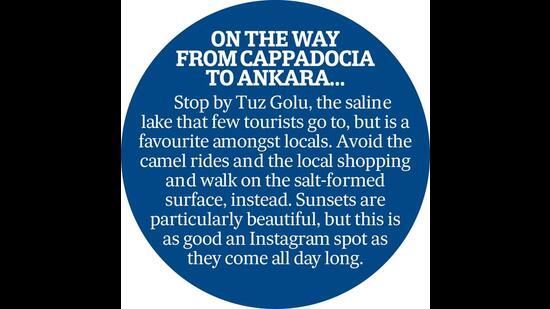
One look at the sheer number of blood-red Turkish flags dotting the streets, and you’re reminded of India’s Har Ghar Tiranga movement. The red on the Turkish flag may stand for the sacrifice of those who shed their blood for the cause of the Turkish people. It is interesting to note that the flag has gone through “modernisation” over the centuries. The Ottoman flags in the 14th century always had the crescent moon—sometimes as many as three—but missed the star. The single moon and star was “leaned down” in the 20th century, as the leader Mustafa Kemal Atatürk set out the blueprint of Turkey as a modern, West-leaning nation, as opposed to the more religion-led Arab world.
That’s when the Ottoman Turkish alphabet, a version of the Arabic script, was changed to Latin with 29 alphabets in the 1920s. A moderate version of Islam was encouraged, and visibly, Western suits and dress for the ladies became common.
Ankara’s many museums give you this insight, and more. The Old Quarter is the spot to spend a morning in: the views from the fort help orient your mind, and the steel and glass buildings in the distance, and dilapidated houses closer down, remind you of Old Delhi. The museums in the neighbourhood are well-maintained for those who enjoy that sort of thing, but it’s in the cafes on the cobblestoned streets that one must spend time to soak in the ambience.
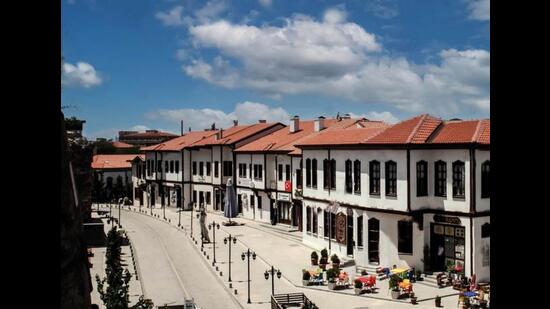
The monument for Atatürk, called Anitkabir (Memorial Tomb) is where all roads will eventually lead. The mausoleum for the founder of the Turkish Republic is a grand edifice set between well-manicured gardens. Several times a week, a foreign dignitary visits, and the people present get to witness security protocols in addition to the change of guard. A museum below offers immense insight into the formation of the Republic of Turkey and all that led the national thought.
The only place I found more revealing about how the country thinks, was in the cafes on Tunali Hilmi Street. The busy boulevard is the buzzy town centre where locals and visitors meet. An afternoon of eavesdropping—so what if you don’t understand Turkish; even the passionate arguments can reveal so much—is a must-do in Ankara.
Ankara University—one of the better ones in Turkey—is another place to visit, and here, most students speak English.
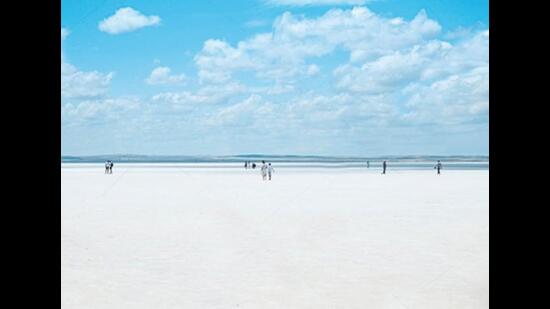
A glimpse of modern Turkey can be had at the Atakule tower, which has a viewing deck with sweeping views, several fine-dining restaurants, and a fancy mall in the building below. If you’re into music, try to drop by CSO Ada Ankara, an impressive concert hall with state-of-the-art equipment and design.
I took the train out of Ankara Railway Station, which has been renovated to resemble a modern airport, and wondered: With all the similar complexities, if the Turkish capital can transform itself into an ultramodern, glass and metal reflecting city of the future, how much time could the Indian capital take to don such an appearance?
Follow @JamalShaikh on Instagram and Twitter
From HT Brunch, November 5, 2022
Follow us on twitter.com/HTBrunch
Connect with us on facebook.com/hindustantimesbrunch

